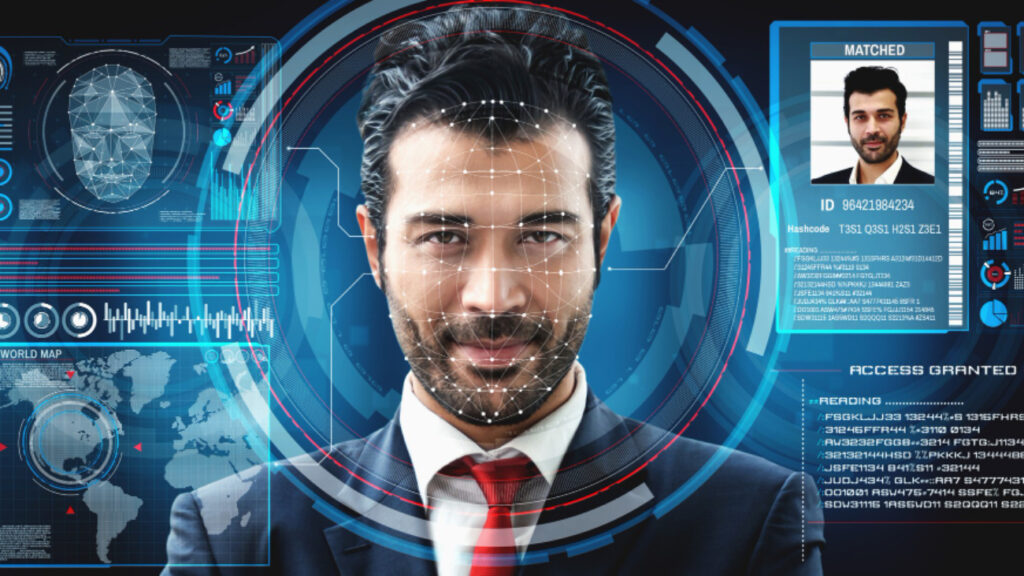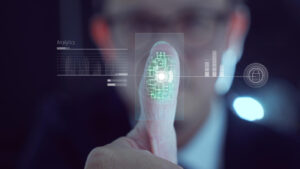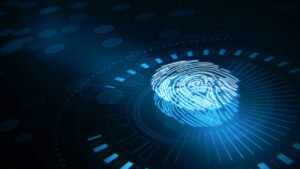In the dynamic landscape of modern urban living, the quest for heightened security in smart cities has given rise to innovative technologies stated Bahaa Abdul Hadi. Amidst the plethora of biometric solutions, gait recognition stands out as a promising frontier. This cutting-edge technology focuses on the unique way individuals walk, offering a distinct approach to urban surveillance.
As cities evolve into interconnected hubs of technology, understanding and harnessing the power of gait recognition becomes pivotal in fortifying public safety. In this blog, we delve into the nuances of gait recognition, exploring its role in smart cities, the underlying technology, ethical considerations, and the potential it holds for the future of urban security.
The Role of Gait Recognition in Smart Cities
Gait recognition assumes a crucial role in fortifying the security infrastructure of smart cities. By focusing on the distinctive way individuals walk, this technology augments surveillance and law enforcement capabilities with a nuanced approach. It seamlessly integrates into the existing smart city framework, enhancing the overall security apparatus.
Beyond traditional methods, gait recognition excels in real-time identification and tracking, proving invaluable in crowded urban environments. Its deployment in public spaces bolsters safety measures and contributes to a proactive security paradigm. As smart cities continue to evolve, the role of gait recognition emerges as a pivotal component in ensuring the well-being and security of their inhabitants.
Technology Behind Gait Recognition
The intricate workings of gait recognition technology involve a deep dive into the biomechanics of human movement. At its core, gait recognition relies on sophisticated machine learning algorithms and artificial intelligence to discern and analyze unique walking patterns. These algorithms, trained on vast datasets, allow the system to identify individuals based on subtle nuances in their gait.
The technology’s accuracy and reliability stem from its ability to process and interpret complex biomechanical data, providing a robust foundation for effective recognition. As we explore the technology driving gait recognition, it becomes evident that a fusion of biomechanics and advanced algorithms forms the backbone of this innovative urban security tool.
Privacy and Ethical Considerations
Navigating the realm of gait recognition technology unveils a terrain fraught with privacy and ethical considerations. The potential intrusion into personal privacy is a pressing concern as gait recognition collects and analyzes unique walking patterns. Striking a delicate balance between enhanced security and individual privacy becomes imperative. Ethical dimensions arise concerning consent, data ownership, and the responsible use of this technology in public spaces.
Acknowledging these considerations, it is crucial to establish robust regulatory frameworks and guidelines. As society grapples with the integration of gait recognition, addressing these ethical concerns becomes pivotal to fostering responsible and transparent implementation within the fabric of smart cities.
Conclusion
The exploration of gait recognition in the context of smart cities illuminates a path toward heightened urban security. As we navigate the evolving landscape of technology and its implications for public safety, gait recognition emerges as a promising ally. Its role in seamlessly integrating with existing smart city infrastructure, coupled with advancements in machine learning and biomechanics, positions it as a formidable tool.
However, the journey is not without challenges, particularly in addressing privacy concerns and ethical considerations. Striking a balance between security and individual rights is paramount. As we look ahead, responsible deployment, guided by robust regulations, promises a future where gait recognition contributes to a safer and more secure urban environment.
The article has been written by Bahaa Abdul Hadi and has been published by the editorial board of identity herald. For more information, please visit www.identityherald.com.




